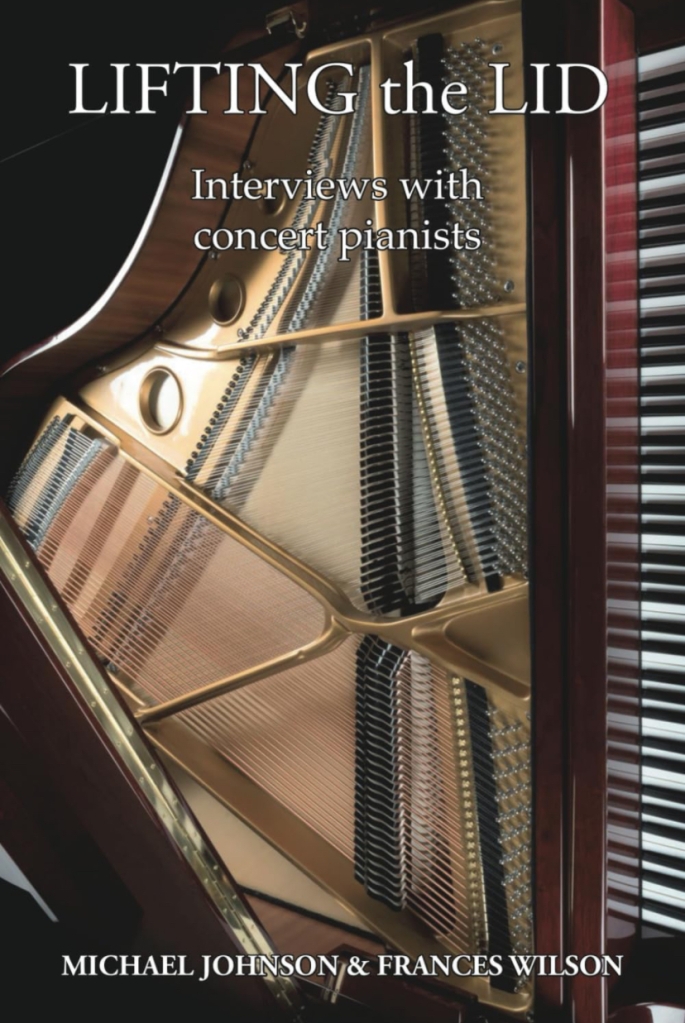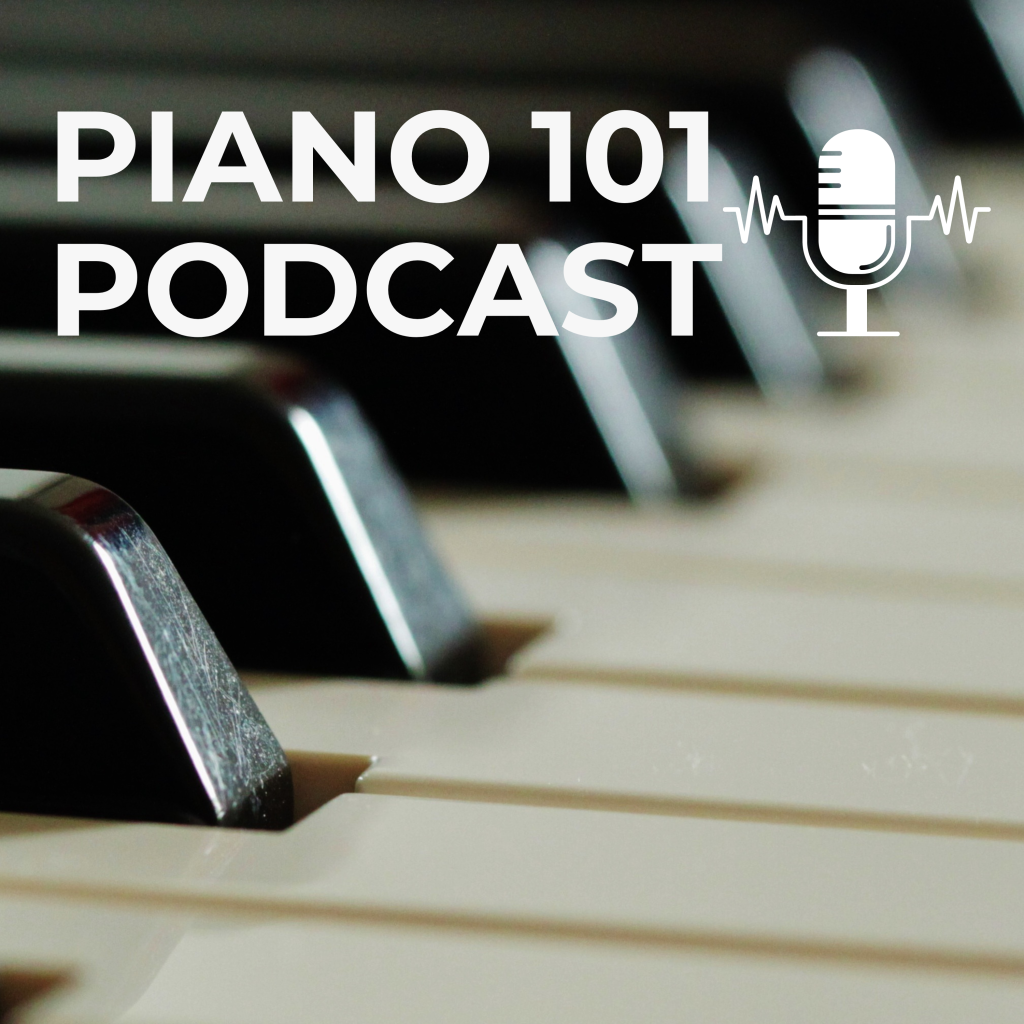The following is from an address given by Christopher Stager at the 17th International Conference of International Artists’s Managers Association (IAMA), and is drawn from his perception of what American orchestras need to do to grow their audiences, and how understanding how audiences behave can be utilised to increase ticket sales and attendance at classical music concerts.
1. Audiences are drawn more to repertoire than to artists. This won’t come as a surprise to most of you: a little-known violinist playing the Tchaikovsky Concerto is likely to sell more tickets than a “name” artist playing the Richard Strauss Violin Concerto. Of course, that “name” artist playing a popular concerto will sell the most tickets of all. But in such a case, orchestras struggle with the variance between the two artist fees – a margin difficult to cover through ticket revenue alone.
2. Make no mistake: audiences are shrewd, selective consumers. I am forever surprised by this. How else can we explain why Tchaikovsky’s Fourth Symphony sells better than his Third?
I have heard board members declare that their presumed “marketing problem” can be fixed with “better” (their term), more populist programming. And I have seen their theory tested – always with a disappointing result. When the audience is presented only with peaks, they will find the valleys.
More than once I have seen Beethoven’s Second and Fourth Symphonies sell very well in a season in which they are the only Beethoven symphonies presented. But in a season of all Nine Beethoven Symphonies, their sales will be weaker; the audience will select the Third, Fifth, Sixth and Ninth.
Better, it is an institution’s unwavering will to present interesting programs – not simply popular ones – that build audiences over time, and narrows the spread between high and low selling concerts. One of my clients recently presented Mozart’s Requiem. I proposed that the first half offer Messiaen’s L’Asencion. Each piece informed the other, providing a new context for listening. This remains the best selling concert in the orchestra’s history. Audiences came away with their expectations exceeded, and a deeper trust in the institution’s artistic values. Which brings me to…
3. Audiences buy what they know. Generally, this has always been. We often rail against the audiences’ lack of adventurousness, their limited interest in contemporary or challenging music.
But perhaps we should view “new music” as a subset of “unknown music” – whatever its age. If they only buy what they know, and they don’t know what is being played, what will entice them to come? Their trust in the organization’s artistic values.
Audiences select the familiar. By extension, then, audiences are also buying a pre-determined emotional response – therefore, the standing ovation for the Rachmaninoff Third Concerto is granted perhaps weeks before the performance, at the time of ticket purchase. Maybe to validate the cost of their tickets.
In the last couple of decades this new dynamic has contributed to our audiences’ timid sense of adventure. Ticket prices are accelerating beyond inflation. As a consequence, audiences are less willing to risk the investment in what they don’t know. As ticket prices increase, their trust declines. The burden, then, is passed on to the most loyal audience, most of whom will continue to pay whatever we ask. And as attrition reduces their ranks, we further increase the cost to an ever-shrinking base.
This vicious cycle disenfranchises and penalizes the adventurous through high pricing, squandering the organization’s artistic capital. There’s no real strategy to address this, and there is no end in sight. I have been as guilty of this as anyone, and this, more than any other issue, keeps me awake at night.
4. It’s not just “what” we play – but also “when” we play it. A strategic alignment of timing and programming can deliver new audiences. A couple of years ago, I recommended that one of my clients perform Berlioz’ dramatic symphony Romeo and Juliet on Valentine’s Day weekend – and their too-large hall was filled nearly twice over. The coordination of programming to the holiday delivered a sizable audience, many of whom were attending for the first time – an audience I knew would not accept this work the other 51 weeks of the year.
5. It’s not just “what” we play – but also “where” we play it. Strategic alignment also exists between certain repertoire and where it is performed. Currently, two orchestras I am working with are presenting Bruckner Symphony cycles in their community’s largest gothic cathedrals over the course of several seasons. These performances fill quickly, far more quickly than the same works performed in their traditional concert halls. Why is this? Have we finally found the key to Bruckner’s accessibility? A space – both reverent and reverberant – that is the equivalent of the epic architecture of his symphonies? Ole Baekhoej [a participant on the panel] could cite numerous examples of experiences in presenting the Gabrielli Consort in non-traditional spaces.
6. Participation in school music programs is a predictor of attendance. No matter how distant the point of contact in one’s past, participation in school music programs is a strong predictor of classical music attendance later in life. This has been the breakthrough finding of the past decade. Brent Assink made this point yesterday, and it is a key point of understanding and, frustratingly to marketers, almost completely non-actionable. Past music education is not something we can currently query when we purchase lists of potential prospects.
7. Classical audiences are not graying. There is a common and often repeated perception that audiences for classical music are aging, dying off. But there is no substantive data to support this. My own research suggests that a 55-year average age is the result of several factors: children have grown, income is high, and household expenses are low. (We have found a direct correlation between longevity in one’s home – i.e., lower mortgage payments – and symphony attendance.) A substantial portion of the audience (and donors, for that matter) are enjoying a sudden windfall of disposable income at this point in their lives.
Curiously, the average age varies little from city to city and, if historic data is reliable, the average age hasn’t varied much in the last 40 years. With increasing life expectancy, a 50 year old couple entering the classical consumer cycle now will likely remain longer than they could have a generation ago.
And if in the coming decade, the average age should finally increase – should the audience actually become “grayer” – it is just as likely a function of a more elastic life expectancy. Our audiences will get to us later than in the past, but stay just as long.
8. Classical music – at least as it relates to audiences – is in transition, not decline. The problems we face may be global – but the solutions are almost always local. Conditions in individual markets vary widely. Consider…
- Halls with high capacity in smaller cities; there is not the critical mass of people to fill all the seats.
- Advertising costs fluctuate from market to market – it can be more expensive to sell tickets in some cities than others.
- The proximity of the hall to where the core audience base resides –issues of access
- The newness of the venue or music director – what to do in their third year and thereafter?
What is presumed to be declining interest in classical music may be our lateness – perhaps obscured by our traditions – in understanding the impact of post-war demography on participation. Almost all entertainment options – movies, television, popular music, even books – are now specifically targeted to a narrow potential audience. The indisputable evidence that this is happening in classical music should not be viewed as a decline of interest in the art form. Mark Friend of the BBC in yesterday’s session provided an astonishing number of examples of classical music niche “narrow casting.”
Consider the proliferating number of new music ensembles performing in non-traditional venues at non-traditional concert times. Or the growth of the audience for opera and its resulting expansion of the repertoire. Or the popular phenomenon of “crossover” artists such as Katherine Jenkins or Andrea Bocelli. Perhaps none of these audiences every actually “cross over” to the traditional symphony-goer. These collective but discrete audiences, taken together, represent a sizable market share. So, for the future, consider a delivery system that “right-sizes” the number of orchestra concerts to keep demand high and available capacity low, while offering a new music ensemble more concerts in an intimate space to accommodate its specialized, but growing, demand. And consider, perhaps, that these two audiences will never meet, never “cross over,” but each have their specific audiences served.
These eight points – how audiences behave, not as we think they should, or wish they would – are universal. I have purposely steered away from action steps, as they require market-specific solutions. But these points serve as a baseline to begin to understand audience behavior.
Source: www.polyphonic.org







